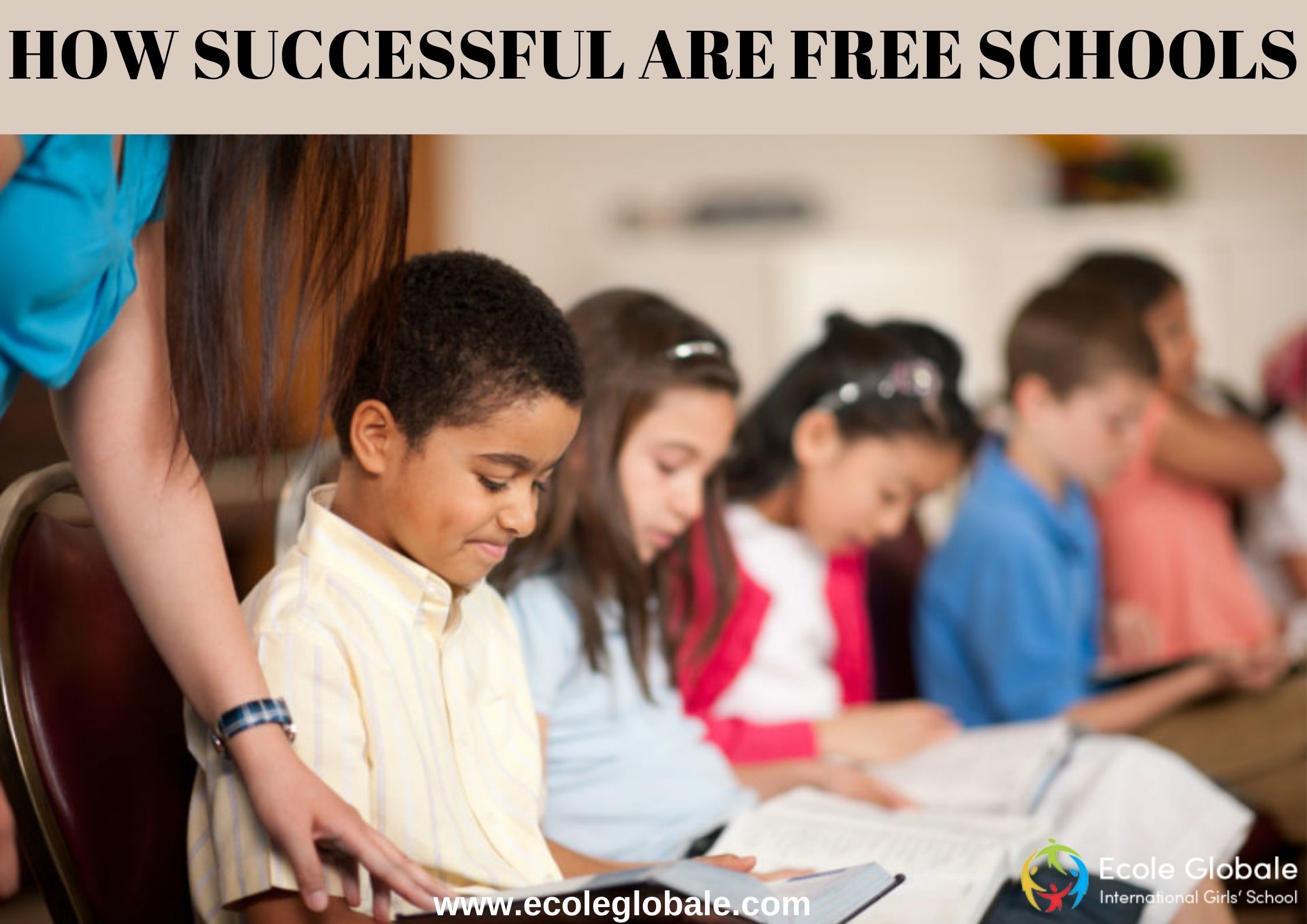The establishment of free schools has been one of the most contentious education changes of the last decade in a competitive field. The Education Policy Institute presented its latest assessment of the program’s success Thursday, eight years after the first free schools opened their doors. Free schools, which are state-funded but not controlled by local governments, were established during Michael Gove’s stint as education secretary in the early days of the Coalition government and now number over 500. They are held to the same standards as any other state-funded schools in India, albeit many have yet to be inspected by Ofsted. One in every six of them is also a religious school.
Free schools were created to introduce new ideas into the educational system, albeit their goals have grown somewhat diluted over time. Nonetheless, under Boris Johnson’s leadership, there has been a revival in recent months. The launch of a fresh wave of free schools was led by the Prime Minister himself. In other news, four free school leaders joined schools minister Nick Gibb on stage at the Conservative Party conference to tell their tales, while Gavin Williamson, the secretary of state, used the chance to warn his audience of Labour’s vow to abolish the program.
If we do have a general election in the coming months, it’s safe to say that one of the fundamental dividing lines in education policy will be free schools. However, given the program’s many and changing goals, it’s not always clear what success looks like. Some free schools arose as a result of a desire to innovate and provide something unique. Others were founded in response to parental demand for new schools, particularly in areas where current schools were of poor quality. In many situations, new free schools were merely a response to an increase in the number of students and the need for additional classrooms.
In summary, the term “free school” has become a catch-all term for practically all new institutions. Irrespective of their backgrounds, they have all entered an English school system where the family background is still a significant predictor of student achievement. By the time they take their GCSEs, students from low-income families are on average a year and a half behind their peers. One of the goals of free schools was to help close the achievement gap, and we do see that free schools have been established in economically disadvantaged regions, and that, at least among secondary free schools, they are educating a fair number of students from low-income homes.
However, there is one essential caveat. When we looked closer and compared our findings to statistics from the Office for National Statistics, we discovered that free schools, particularly the highest-performing free schools, are actually attracting students from areas where students normally perform well in school. In fact, students in top-performing free schools are nearly twice as likely to come from these high-performing neighborhoods than other students.
Furthermore, despite these areas tending to have a large number of children from low-income households, these children perform far better academically than poorer children elsewhere. In these areas, economically disadvantaged students perform nearly as well as non-disadvantaged students elsewhere.
It’s tough to pinpoint why there are such disparities. These communities often feature higher numbers of particular ethnic and immigrant groups, and while the relationship between ethnicity, income, and school achievement is complicated, on average, these groups outperform children in mostly white, low-income neighborhoods.
The development of free schools has benefited those communities that have been “left behind,” where underperformance at school is entrenched. When seen as a whole, it appears that the development of extra places has not been directed towards areas in need of more high-quality schools when free schools are established in locations where there are already adequate school places.
All of this is significant not only in terms of evaluating free schools, but also in terms of the lessons we can learn from the most successful ones in terms of alternative teaching, curriculum, and behavior. Because ministers are typically close to some of the best-performing schools, they are eager to congratulate them on their achievements and encourage other schools to benefit from their classroom approaches.
Ministers must, however, recognize that other schools may be functioning in quite different circumstances. What appears to work in one school may not be transferable to another, or the method may not be the driving force behind the results at all. In the end, the schools that students attend account for only a small percentage of the difference in educational attainment.
None of this is meant to minimize the success of particular autonomous schools. Even after controlling for their school admissions, some of the greatest performers attain scores that are significantly better than expected. However, policymakers and commentators should take a step back and consider what truly improves school achievement, particularly for the most disadvantaged students. And, if ministers are serious about expanding the free education program, they must make it work for the children who live in impoverished communities.
For any queries related to parenting, schooling, or for any student-related tips, click here to check out our latest blogs









